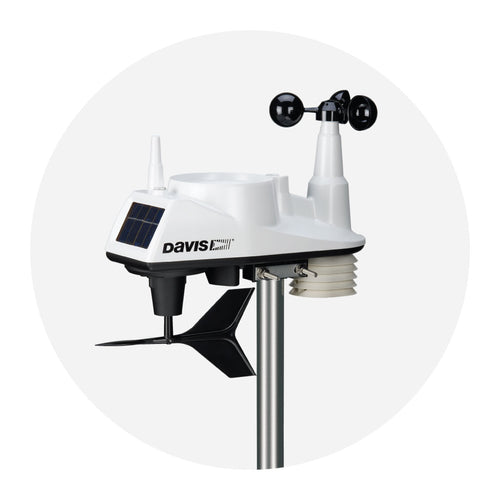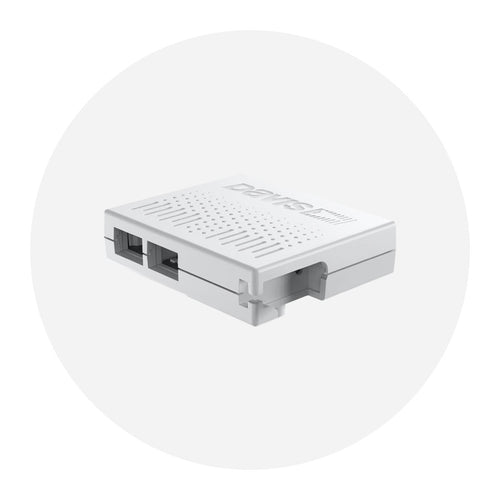Humidity refers to the amount of moisture or water vapor present int the air. It is a measure of the air's water content relative to its maximum capacity to hold water vapor at a given temperature. Humidity is an important aspect of weather and climate, as it influences our perception of comfort, affects various processes and phenomena, and can have implications for health and well-being.
What is the impact of humidity on a boat?
Humidity can have several effects on a boat, both internally and externally. Here are some ways in which humidity can impact a boat:
Interior Comfort: High humidity levels inside the boat can make the cabin feel damp, sticky, and uncomfortable. It can contribute to condensation on surfaces, including walls, windows, and upholstery. Excessive moisture in the air can also lead to musty odors and create an environment conducive to mold and mildew growth.
Electrical Systems: High humidity can increase the risk of corrosion and electrical issues on a boat. Moisture in the air can cause electrical connections, terminals, and wiring to corrode more quickly, potentially leading to malfunctions or failures of electronic systems.
Wooden Components: Wooden parts of the boat, such as the hull, decks, and interior furnishings, can be affected by humidity. High humidity levels can cause wood to absorb moisture, leading to swelling, warping, and potential damage over time.
Metal Components: Humidity can accelerate the corrosion process on metal components of the boat, including fittings, hardware, and the hull. Moisture in the air, especially if combined with saltwater exposure, can lead to rust and deterioration of metal surfaces.
How can I manage humidity on my boat?
To mitigate the effects of humidity on a boat, there are several steps you can take
Ventilation: Ensure proper airflow throughout the boat to reduce moisture buildup. Open hatches, ports, and windows when conditions allow, and use fans or ventilation systems to improve air circulation.
Dehumidification: Use dehumidifiers or moisture-absorbing products designed for marine environments to reduce excess humidity. These devices help minimize the risk of condemnation and mold growth.
Temperature Control: Warm air can "hold" more moisture than cooler air. Especially in cool damp areas, the air easily becomes saturated with water. If the temperature goes below dew point inside a space or enclosure, the water vapor starts to condense and settle on surfaces. A low-level heater, such as Air-Dryr from Davis instruments, can raise the temperature just enough to prevent condensation. Air-Dryr draws in cool, moist air via convection and warms it to above the dew point to prevent and reduce on-board condensation.
Insulation and Sealing: Properly insulate the boat to minimize temperature fluctuations and condensation. Seal any gaps or leaks that allow moisture to enter the interior spaces.
Regular Cleaning and Maintenance: Regularly clean and dry the boat's interior to prevent the buildup of moisture, dirt, and organic matter that can contribute to humidity-related issues. Pay attention to areas prone to condensation, such as windows, corners, and bilge spaces.
Coatings and Protective Measures: Apply appropriate coatings, such as marine-grade paints or sealants, to protect metal surfaces from corrosion caused by humidity and saltwater exposure.





















